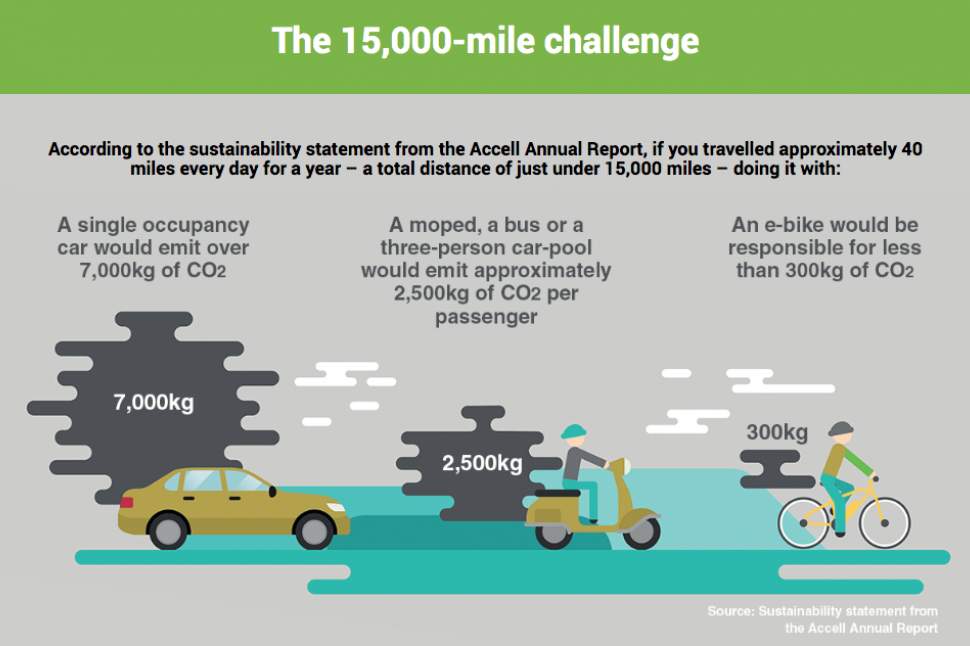Important Insights Into E-Bike Regulations And Regulations For Beginners In Your City
Important Insights Into E-Bike Regulations And Regulations For Beginners In Your City
Blog Article
Web Content Produce By-Lynch Bates
Prior to you hop on your e-bike and hit the streets, it's important to understand the regulations and laws that control your city. From speed limits to assigned riding areas, there's a lot to consider to guarantee you're certified and safe. By familiarizing yourself with the regulations details to e-bikes, you'll be much better equipped to enjoy your trips with no unforeseen lawful problems. Remain tuned to discover key understandings that will aid you browse the e-bike landscape in your city seamlessly.
Recognizing E-Bike Category
When it concerns browsing the realm of e-bike legislations and regulations, an important beginning point is comprehending the classification system that classifies these electrical bicycles. E-bikes are usually categorized right into three main categories: Course 1, Course 2, and Class 3.
Class 1 e-bikes are pedal-assist only, suggesting they give support while the cyclist is pedaling and have a maximum speed of 20 miles per hour. These bikes are allowed areas where conventional bikes are permitted.
Course 2 e-bikes are furnished with a throttle that can push the bike without pedaling. They additionally have a maximum speed of 20 mph and appropriate for bikers that may require help without pedaling continuously.
Course 3 e-bikes are similar to Course 1 but with a greater maximum speed of 28 mph. These bikes are often restricted from particular bike paths or routes as a result of their higher rates.
Comprehending these categories is necessary for following local regulations and guaranteeing a safe and satisfying e-biking experience.
Browsing Speed Restrictions and Constraints
To efficiently navigate e-bike laws and guidelines, it's important to comprehend the rate limitations and limitations that put on various courses of electrical bikes.
Speed limits for e-bikes vary depending on the classification of the bike. Class 1 e-bikes, which are pedal-assist just and have a maximum speed of 20 mph, are generally allowed on bike lanes and paths.
Course 2 e-bikes, which have a throttle along with pedal-assist and also get to rates of up to 20 miles per hour, may be restricted in certain areas where motorized vehicles aren't allowed.
Class 3 e-bikes, with pedal-assist as much as 28 mph, are usually required to comply with the very same guidelines as traditional bicycles.
It is very important to follow these speed limitations and limitations to ensure your safety and the security of others on the road. Before riding your e-bike, familiarize on your own with the specific laws in your city to stay clear of any type of possible fines or lawful problems.
Where to Trip Your E-Bike
To figure out where you can ride your e-bike, it's necessary to understand the policies and standards particular to your place. In the majority of areas, e-bikes are generally allowed on roads and roads where typical bicycles are permitted. https://ebiketips.road.cc/content/reviews/e-bike-conversion-kit/revos-ebike-kit-with-200wh-battery-3699 may consist of bike lanes, bike courses, and shared highways. Nevertheless, https://fatebikeforsale54108.blogoscience.com/39286770/unrecognized-e-bike-add-on-that-can-improve-your-ride to examine local regulations as some cities may have certain constraints on where e-bikes can be ridden.
When riding your e-bike, constantly focus on safety and security by adhering to web traffic guidelines and appreciating pedestrian walkways. In addition, be mindful of any type of designated bike lanes or courses in your area and use them whenever feasible to ensure a smoother and safer experience.
Some cities also have regulations relating to e-bike usage on pathways, so see to it to acquaint on your own with these rules to avoid any type of fines or charges.
Conclusion
Now that you know with the legislations and guidelines surrounding e-bikes in your city, you can with confidence hit the trail understanding where you can ride and what constraints apply to your e-bike classification. Remember to constantly prioritize safety and security and follow the guidelines to make certain a smooth and lawful ride. Delighted riding!
